Anthurium Clarinervium x Pedatoradiatum 'Delta Force' (1017W09)
Anthurium Clarinervium x Pedatoradiatum 'Delta Force' (1017W09)
Four-leaf Anthurium clarinervium x pedatoradiatum 'Delta Force' growing in a 2.5-inch pot. This plant is from tissue culture.
Anthurium 'Delta Force' is a distinctive hybrid originating from a cross between A. clarinervium and A. pedatoradiatum, created by Steve Nock of Ree Gardens in the 1990s. This rare cultivar stands out for its unique deltoid (triangular) leaves with a sharply pointed tip and arcuate-sagittate base. The plant features undulating leaf margins and retains the lateral venation characteristics of A. clarinervium, but without the pedatisect lobes of A. pedatoradiatum.
Reproduced only through clonal propagation or tissue culture, this hybrid has proven difficult to recreate from seed, maintaining its exclusive status among collectors. As the plant matures, its distinctive leaf shape and structure make it immediately stand out from other foliage Anthurium.
*The plant pictured is the plant that you will receive. By purchasing, you agree to our Shipping Policy and Refund Policy.*
Couldn't load pickup availability
Anthurium Genus
Anthurium Genus
Anthurium is a diverse genus in the Araceae family, comprising around 1,000 species, nearly all of which are native to Central and South America. Anthuriums can be found as both terrestrial and epiphytic species, often thriving in the shaded understories of tropical forests. Their leaves vary widely in shape and texture, ranging from large, velvety hearts to smaller, lance-like forms.
The inflorescence, commonly referred to as the "flower," hosts numerous tiny bisexual flowers that are long lasting, making them relatively easy to cross pollinate. Like most other Aroids, Anthurium can also be propagated through cuttings.
Anthurium Care
Anthurium Care
Foliage anthuriums thrive in environments that mimic their tropical origins, so maintaining high humidity is key. Aim for 70-80% humidity, and consider using a humidifier if you live in a drier climate. These plants prefer moderately warm temperatures, ideally between 70-90°F (21-32°C).
Most collector Anthuriums are epiphytic, so they do best in a chunky, well-draining substrate that allows adequate airflow to the roots. For watering, ensure the substrate remains consistently moist but not soggy, as overly wet conditions can lead to root rot. Lightly fertilize every few months to encourage healthy growth, but be cautious not to over-fertilize, as strong concentrations can damage the plant.
Bright, but heavily filtered indirect light is ideal for foliage anthuriums; direct sunlight can scorch their delicate leaves.
Share






